Are milk components driving your profits? Focus on the right metrics and unlock your herd’s potential now.
The race to fill the milk tank has long dominated the dairy discourse, but a seismic shift is underway. Today, the stakes aren’t just in how full that tank gets but in the quality of the liquid it holds. Could this be the revolution the dairy industry never saw coming? Let’s dive deeper into how focusing on milk’s innate treasures—its butterfat and protein—could redefine success for dairy farmers everywhere.
The Evolution of Dairy: From Quantity to Quality
The landscape of dairy farming has undergone a profound transformation, echoing the rapid pace of technological and genetic advancements. Historically, the primary focus was on maximizing milk volume, with little regard for the composition or the components of the milk produced. This approach treated cows as mere ‘milk-producing machines’ focused on sheer output. However, as markets and consumer demands evolved, the emphasis gradually shifted toward the quality and components of milk, specifically its butterfat and protein content.
| Year | Overall Production Change (%) | Butterfat Change (%) | Protein Change (%) |
|---|---|---|---|
| 2017 | 2.1 | 1.3 | 1.4 |
| 2018 | 2.5 | 1.4 | 1.5 |
| 2019 | 2.7 | 1.5 | 1.6 |
| 2020 | 2.4 | 1.6 | 1.7 |
| 2021 | 2.3 | 1.8 | 1.9 |
| 2022 | 2.0 | 2.0 | 2.1 |
| 2023 | 1.9 | 2.3 | 2.2 |
Genetic advancements have played a pivotal role in this transformation, offering a beacon of hope for the future of dairy farming. The advent of genomics has been a game changer, allowing for far more precise genetic selection. Through mapping and understanding the bovine genome, dairy farmers can now select specific traits that enhance the quality of milk components rather than just quantity. This has led to the development of cows that are more efficient ‘component-producing machines.’ Today’s desired component levels have surpassed what producers aimed for two decades ago, signaling a promising future for the industry.
Moreover, the introduction of sexed semen technology has been revolutionary. By enabling dairy farmers to selectively breed females with superior genetics, this technology accelerates the improvement of a herd’s genetic profile. Used effectively, sexed semen quickly elevates a herd’s genetic quality, as it effectively minimizes the reproduction of cows with lesser advantageous traits. Geiger’s work underscores how this, combined with genomics, has propelled the industry forward.
These tools have collectively enabled dairy farming to progress towards more efficient milk production and a more strategic focus on milk components. As the industry continues to evolve, integrating these technologies promises further enhancements in dairy productivity and profitability, setting new benchmarks for quality in milk production. Such innovation challenges us to consider the future trajectory of dairy farming and how these advancements will continue to shape the industry. What could be next on the horizon?
Genetic Correlations: Navigating the New Landscape of Dairy Farming
Genetic correlations, which represent the relationships between traits crucial when making informed breeding decisions, are a fundamental cornerstone in understanding both the past and future trajectory of dairy farming. In simpler terms, they are like the connections between different traits in cows that farmers need to consider when breeding. In a landscape that has evolved dramatically over recent decades, these correlations have shifted, providing opportunities and challenges for the industry.
| Trait Pair | Correlation |
|---|---|
| Milk Production (PTAM) and Fat (PTAF) | 0.00 |
| Health Traits (Longevity, Fertility, Disease Resistance) | Strong Correlation |
| Conformation Traits | High Correlation |
| Overall Conformation (PTAT) – Net Merit | -0.44 |
| Net Merit and TPI | 0.44 |
| Body Weight Composite (BWC) and Strength | 0.95 |
| Body Weight Composite (BWC) – Net Merit | -0.56 |
| Strength – Net Merit | -0.52 |
Historically, dairy farming focused predominantly on optimizing milk volume. However, the changes in trait relationships have redirected focus towards milk components like butterfat and protein. Changes in genetic correlations underpin this shift. For instance, the relationship between breeding for milk yield (PTAM) and fat volume (PTAF) has been notably disrupted. Where once there might have been a modest interplay between these traits, they now exhibit almost zero correlation. This detachment incentivizes farmers to prioritize breeding for component percentages to enhance milk quality rather than quantity.
Another striking deviation is between Net Merit, an index that measures the overall economic value of a cow, and TPI, an index that measures a cow’s genetic potential for producing milk, fat, and protein. Historically, these two indexes correlated closely at over 0.80 but have now split to 0.44. This reflects a broader shift within the industry towards evaluating individual traits that contribute to economic returns. As these indexes deviate, breeding strategies must be adapted to maintain economic viability while managing genetic diversity.
The implications of these exceptions for breeding strategies are profound. Farmers are now challenged to adopt a more tailored approach, focusing less on traditional metrics and more on the specific genetic attributes that will enhance the efficiency and profitability of their herds. The emphasis is increasingly on balance—ensuring that other beneficial characteristics are not inadvertently diminished in pursuit of one trait. This nuanced understanding of genetic correlations allows the industry to sustain current production and explore innovations in milk component enhancement.
Milk’s Hidden Treasure: Why Butterfat and Protein Are the Real MVPs
In today’s dairy industry, the value of milk components, rather than just the raw volume of milk, captures the spotlight. Why? Because butterfat and protein are the moneymakers, not the water content that bulks up milk production statistics. These components are essential for the dairy products that dominate our market shelves.
Consider this: U.S. milk production has risen 16.2% since 2011, but the component growth tells a more compelling story. Protein content surged by 22.9%, and butterfat saw an impressive increase of 28.9% by 2023. These figures demonstrate a significant shift towards higher-yielding component production, driven by advancements in genetic selection and improved herd management.
| Year | Fluid Milk Production (%) | Butterfat Production (%) | Protein Production (%) | Cheese Yield (per 100 lbs of milk) |
|---|---|---|---|---|
| 2010 | 100% | 100% | 100% | 10 lbs |
| 2023 | 116.2% | 128.9% | 122.9% | 11 lbs |
Why does this matter economically? Over 80% of U.S. milk is destined for manufactured dairy products such as cheese, butter, and yogurt. Each of these products relies heavily on milk components. The rise in butterfat and protein directly impacts cheese production, for example. In 2010, 100 pounds of milk produced just over 10 pounds of cheese. Fast forward to 2023, and that same 100 pounds, thanks to higher component yields, delivers nearly 11 pounds of cheese.
The implications are clear. By focusing on component growth, dairy farmers are not only optimizing their production but also enhancing the economic value of their output. This strategic shift aligns with market demands as consumers favor nutrient-dense dairy products. So next time you think about boosting production, remember it’s not just about the gallons. It’s about the goldmine inside every drop, and the potential for increased profitability that comes with it.
Navigating the Challenges of Component-Focused Dairy Production
As we delve into the evolving dynamics of dairy production, it’s important to acknowledge that the pivot toward enhancing milk components is not without its challenges. One such challenge is the unintended impact on cow strength and overall efficiency. Breeders who maximize component yields might inadvertently select cows with traits compromising physical robustness. The correlation between body weight composite (BWC) and cow strength is significant, and a narrower perspective on genetic selection may overlook crucial physical attributes. This can lead to reduced cow strength, a scenario no farmer desires. Understanding these challenges is the first step towards finding solutions and ensuring the sustainability of the industry.
Furthermore, the shift towards increased efficiency in milk production could lead to a potential trade-off between cow vitality and durability. As dairy systems strive for optimal component production, the intricate balance between physical capacity and milk output becomes even more critical.
Refine genetic evaluations to navigate these complexities. Accurate metrics are crucial in preventing the dilution of essential traits like strength and robustness. This calls for a departure from traditional estimates and a movement towards incorporating actual body weight measurements into genetic assessments. Relying solely on linear trait predictions can be as speculative as estimating milk yield by sight. Embracing tangible measurements ensures more precise evaluations and helps balance component efficiency and cow health.
These challenges underscore the importance of a comprehensive approach to genetic selection, one that does not just chase numbers but also values the holistic nature of dairy cattle. By adopting improved practices, we can harness the opportunities presented by component-focused strategies while safeguarding our herds’ structural and functional integrity.
Beyond the Gallons: Embracing the True Value of Dairy Production
It’s no longer enough to measure milk production by volume. While historically valuable, the USDA’s Milk Production reports now need to capture modern dairy output’s true essence fully. Why? Because the liquid volume of milk is just one part of the story. The magic lies in the components—those precious pounds of butterfat and protein that have surged in importance.
For decades, these reports were the gold standard, the one-stop shop for anyone wanting to understand trends in milk production. However, as the milk composition evolves, so must our reporting methods. Milk today isn’t just about how much is produced; it’s about what it’s made of. Yet, as it stands, the USDA reports are like a story with missing pages. Essential details about the richness and value of the milk are glossed over.
The urgency for updated reporting is not a minor issue; it’s central to understanding the industry’s dynamics. Recent trends—where component growth has outpaced volume—have left us relying on data that doesn’t tell the whole story. Such insights could inform better decision-making at numerous levels, from farm operations to policy development. A revised reporting framework could bridge this gap, providing a dual lens on volume and component growth. This would offer a more nuanced picture of how well dairy production aligns with market demands.
Imagine reports that delve into the intricacies of components, giving producers data that matters. Producers could benchmark their herds’ component production directly against industry standards, finding immediate areas for improvement. Processors, too, would benefit from a clearer understanding of the potential yield from their milk supply in terms of cheese, butter, and other manufactured products.
The time has come for an upgrade, not just to conform to a changing industry but to lead it with insights that drive progress. Let’s push for milk production reports that not only count gallons but also account for the cream of the crop.
The Bottom Line
The shift in focus from sheer milk volume to milk components like butterfat and protein marks a significant evolution in dairy farming. These elements are not merely byproducts but the driving force behind many lucrative dairy products. As U.S. milk production on a liquid basis declines, the growth in milk components underscores the shift towards quality over quantity. The remarkable improvements in genetic selection and the use of new breeding technologies like genomics and sexed semen have made these strides possible. Dairy farmers should contemplate how these transformations impact their current practices. Leveraging such advancements can lead to significant gains in production efficiency and profitability.
It’s time to rethink your approach: Are you maximizing the potential of your herd’s genetic makeup? How can you integrate the latest breeding technologies to enhance component yields? Engage with this new perspective and explore ways to align your operations with these industry insights. Don’t keep this conversation to yourself; share your thoughts and experiences in the comments below, or spread the word by sharing this article with your fellow dairy professionals.
Key Takeaways:
- The shift from milk volume to component production has significantly changed dairy farming goals and outcomes.
- Technological advancements like genomics and sexed semen have propelled genetic progress and increased component yields.
- Genetic correlations have revealed changes in trait relationships, influencing breeding strategies.
- Despite historical trends, the current focus is on butterfat and protein, which drive the dairy industry’s economic value.
- Indexes like Net Merit and TPI are evolving, affecting breeding choices and herd management decisions.
- Producers should consider actual body weights over linear traits for an accurate assessment of maintenance costs.
- Understanding the true value of milk components versus volume is crucial as over 80% of production supports manufactured dairy products.
Summary:
The world of dairy farming is witnessing a substantial shift from prioritizing milk volume to valuing milk components like butterfat and protein. Advances in genetic selection and technologies such as sexed semen have turned cows into efficient “component-producing machines,” revolutionizing dairy production. This transformation underscores the importance of understanding genetic correlations to better navigate the evolving landscape of dairy farming. With over 80% of U.S. milk used in manufactured products, the emphasis on milk components over sheer volume becomes clearer. This evolution prompts farmers to adopt a tailored approach, thereby aligning production with market demands. However, it also brings challenges, such as potential impacts on cow strength and efficiency. Recognizing these dynamics calls for a revised reporting framework, offering insights into the growth of both volume and components.
Learn more:
- Higher Butterfat and Protein Levels Propel U.S. Cheese Output Despite Milk Production Decline
- US Milk Production Declines for 11th Month While Butterfat and Protein Rise
- Will Favorable Margins Propel U.S. Milk Production to New Heights?
 Join the Revolution!
Join the Revolution!
Bullvine Daily is your essential e-zine for staying ahead in the dairy industry. With over 30,000 subscribers, we bring you the week’s top news, helping you manage tasks efficiently. Stay informed about milk production, tech adoption, and more, so you can concentrate on your dairy operations.









 Join the Revolution!
Join the Revolution!

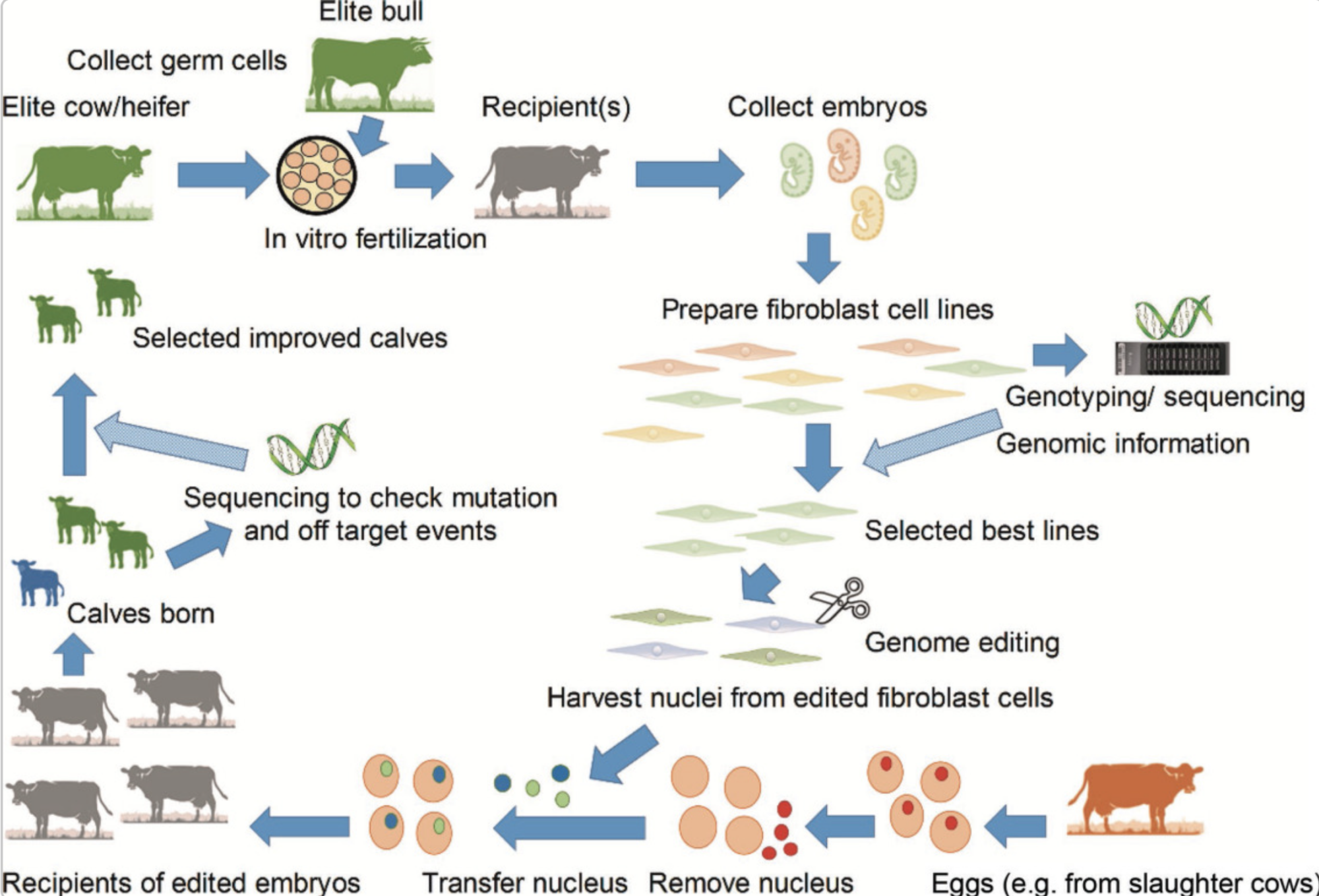

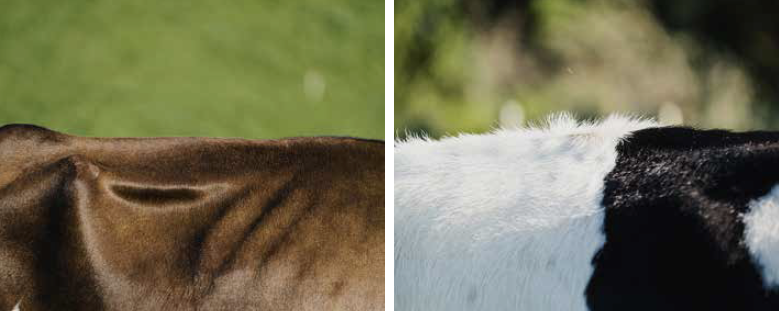

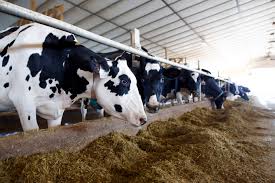
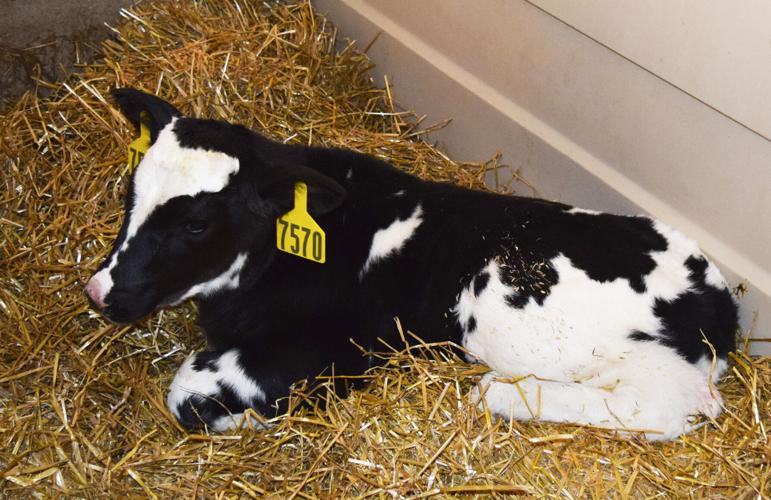
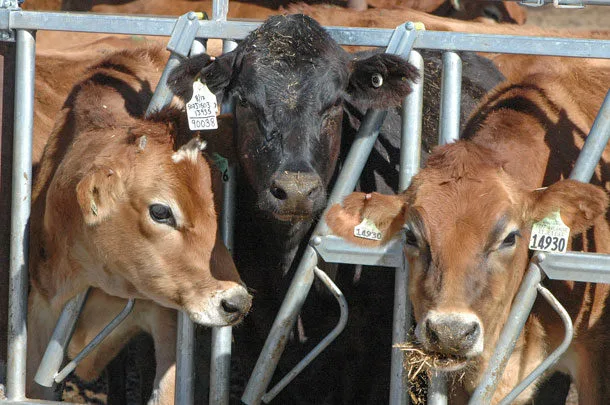
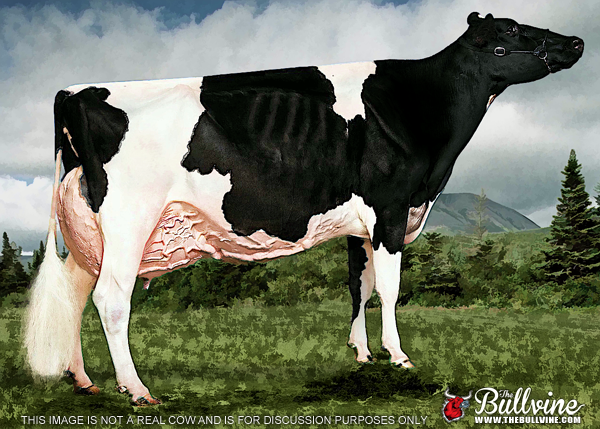
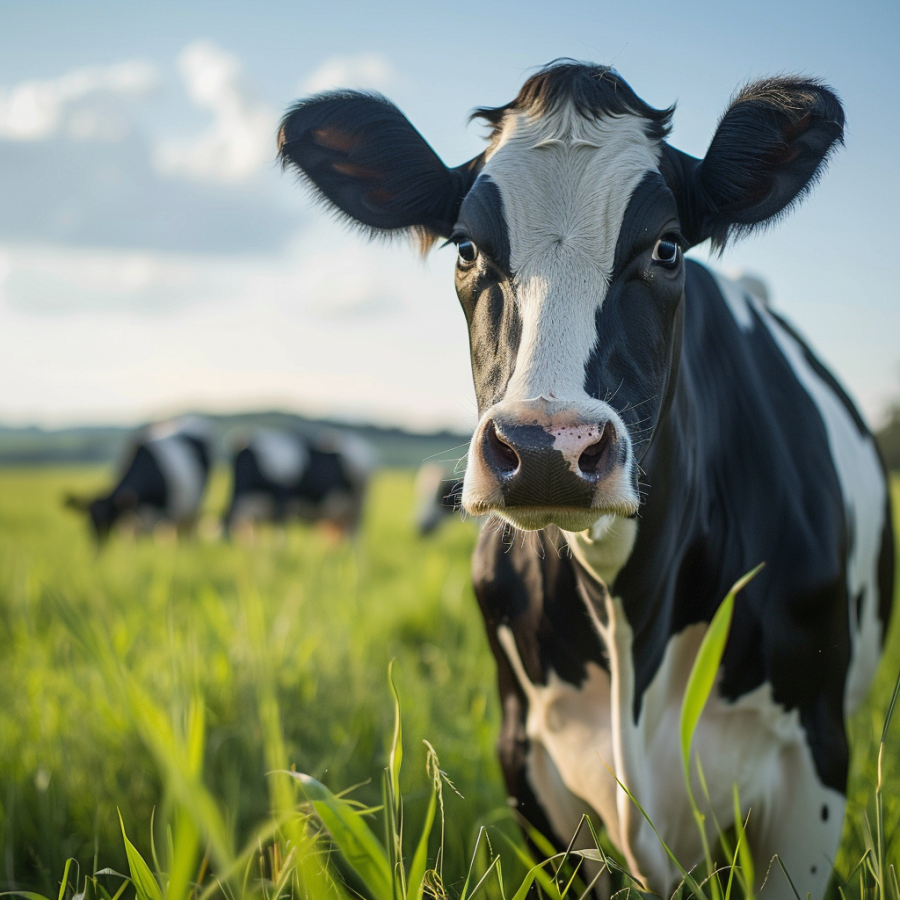

 Let us show you…
Let us show you… Intense genetic selection can have an unintended side effect — the loss of genetic diversity.
Intense genetic selection can have an unintended side effect — the loss of genetic diversity. This week’s release of Australian Breeding Values (ABVs) by DataGene has highlighted a trend that has seen more, young Holstein bulls of high quality coming through the ranks over the past year.
This week’s release of Australian Breeding Values (ABVs) by DataGene has highlighted a trend that has seen more, young Holstein bulls of high quality coming through the ranks over the past year. Kenya plans to use embryo transfer technology in order to improve its dairy cattle breeds, the government agricultural agency said on Thursday.
Kenya plans to use embryo transfer technology in order to improve its dairy cattle breeds, the government agricultural agency said on Thursday. At the University of Guelph, researchers are tapping into the power of genomics to breed dairy cattle that are more feed-efficient and produce less methane, while still maintaining the high productivity, health and fertility of dairy cows, thereby getting their wish in the form of a huge database to support the project.
At the University of Guelph, researchers are tapping into the power of genomics to breed dairy cattle that are more feed-efficient and produce less methane, while still maintaining the high productivity, health and fertility of dairy cows, thereby getting their wish in the form of a huge database to support the project.



